The Lost City, Roots of Tarascan Sovereigns: Exhibition at the National Museum of Anthropology and History
The Lost City, Roots of Tarascan Sovereigns exhibition opened on April 27 in the Media Luna of the National Museum of Anthropology and History in Mexico City, and
will remain there until July 29, 2018.
 |
| The Lost City, Roots of the Tarascan Sovereigns : Exhibition at the National Museum of Anthropology and History in Mexico City |
This is a great opportunity for people
interested in Prehispanic culture of Mexico to know more about this
pre-Columbian empire that was located in the Center of western Mexico.
 |
| The Lost City, Roots of the Tarascan Sovereigns : Exhibition at the National Museum of Anthropology and History in Mexico City |
At Hotel Mansion Iturbe in Patzcuaro, we
invite you to discover a time of little-known “Middle Post-Classic history of
Michoacán, which was prior to the Tarascan Empire. After visiting
the exhibition, you will appreciate even more your next visit to our region.
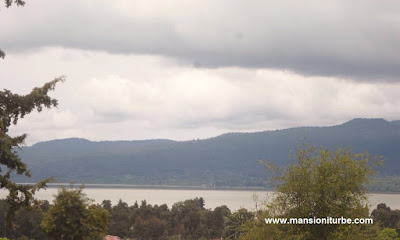 |
| View of the Lake Region from theArchaeological Zone in Tzintzuntzan |
"The “Lost City” is the name given by the current residents of the basin of Zacapu Michoacan to Malpaís Prieto (badlands of Prieto), a pre-Hispanic settlement founded around 1250 A.D., on a volcanic area. It is bleak and stony place, and was one of the most densely populated cities in the western part of Mexico."
The Chichimeca indigenous group were the
settlers of Malpais. In the 13th century, they migrated to the basin of the Lake of Pátzcuaro where, together with
the elite of the local populations, formed a new aristocracy led by a ruling
dynasty. They gradually conquered territories that would become the powerful Tarascan Empire.
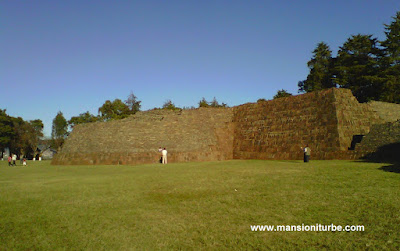 |
| The Archaeological Site of Tzintzunzan |
Very close of Pátzcuaro, you can visit the archaeological sites of Tzintzuntzan, which was the capital of the Tarascan Empire, and the Ceremonial Center of Ihuatzio which was also used as an astronomical observatory.
 |
| The Archaeological Site of Ihuatzio |
The exhibition also shows the geological environment of the region of the basin of Zacapu (about 65 kilometers/40 miles from Pátzcuaro) formed as a result of the constant tectonic activity of more than 3 million years. It was built on a lava spill, devoid of soil and vegetation. Surrounding forests were of pine and oak. The residents obtained water from the springs of the low-lying areas.
 |
| The Sacred Precinct at the Site of Malpais Prieto, in the Basin of Zacapu |
"This exhibition
presents the moment that precedes the formation of the Tarascan State, based on
on-site Prieto Malpais archaeological investigations sponsored by the Centro de
Estudios Mexicanos and Centroamericanos (CEMCA), and unpublished collections of
the National Museum of Anthropology."
 |
| The Lost City, Roots of the Tarascan Sovereigns : Exhibition at the National Museum of Anthropology and History in Mexico City |
Pieces on exhibit include beautifully made objects, most of which were used by people in the upper echelons of society. Among these objects are earrings, necklaces, bracelets, bells, and smoking pipes.
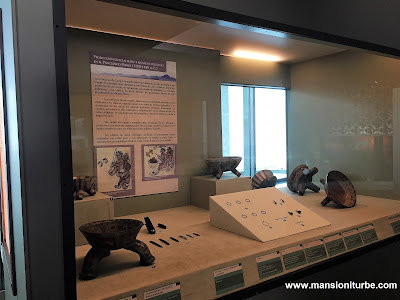 |
| The Lost City, Roots of the Tarascan Sovereigns : Exhibition at the National Museum of Anthropology and History in Mexico City |
Common artifacts such as polychrome pottery,
and tools made of copper, and tin and silver alloys.
 |
| Pre-hispanic polychrome ceramic utensils |
 |
| Metal utensils in the exhibition: The lost City, Roots of the TarascanSovereigns in Mexico City |
You will also see how they buried the remains
of these people. They were cremated, and the ashes were placed in an
urn which was buried the foot of the main temples.
 |
| Vassel used as funeral urn |
The role of animals are also presented in this exhibition. Deer were considered an powerful element of the Tarascans and was highly valued in the ritual hunts. The skin was used to cloak the image of the most important God, Curicaueri. Deer was also consumed as food, and the remains were used as part of offerings.
Coyotes and birds of prey were also of
importance.
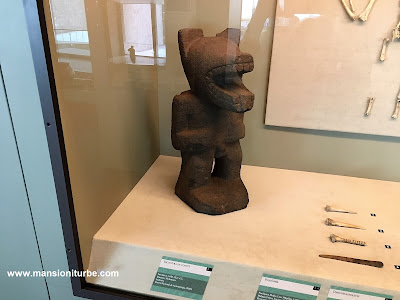 |
| Sculpture of Coyote and remains of other animals |
If you are in Mexico City, give yourself time to visit this interesting exhibition about one of the great empires of the west of Mesoamerica.
This fine museum contains the most important
collection of archaeological pieces from Mexico.
 |
| Exhibition:The lost City, Roots of the Tarascan Sovereigns at the National Museum of Anthropology and History in Mexico City |
Come to Michoacán
and get to know the different archaeological sites!
*Text and picture property of Hotel Mansion Iturbe.
We invite you to check more post in our blog, you will find information about Pátzcuaro and its surroundings, that we hope will be useful for your next trip to our colonial town in Mexico.
Here are some post that we suggest you:
10 Unique Tourist Options for Our Patzcuaro Visitors
Hotel Mansion Iturbe
Portal Morelos 59
Plaza Vasco de Quiroga
61600 Patzcuaro, Michoacan
México
For more information about our Hotel in Patzcuaro
Reservations online at Hotel Mansion Iturbe
Tels: +52 (434) 342 0368 / 342 3628
Fax: +52 (434) 342 3627
Toll Free fax number from USA & CANADA: 1 866 678 6102
Portal Morelos 59
Plaza Vasco de Quiroga
61600 Patzcuaro, Michoacan
México
For more information about our Hotel in Patzcuaro
Reservations online at Hotel Mansion Iturbe
Tels: +52 (434) 342 0368 / 342 3628
Fax: +52 (434) 342 3627
Toll Free fax number from USA & CANADA: 1 866 678 6102
GDS CODES:
Amadeus: ON MLMMAN
Sabre: ON 16297

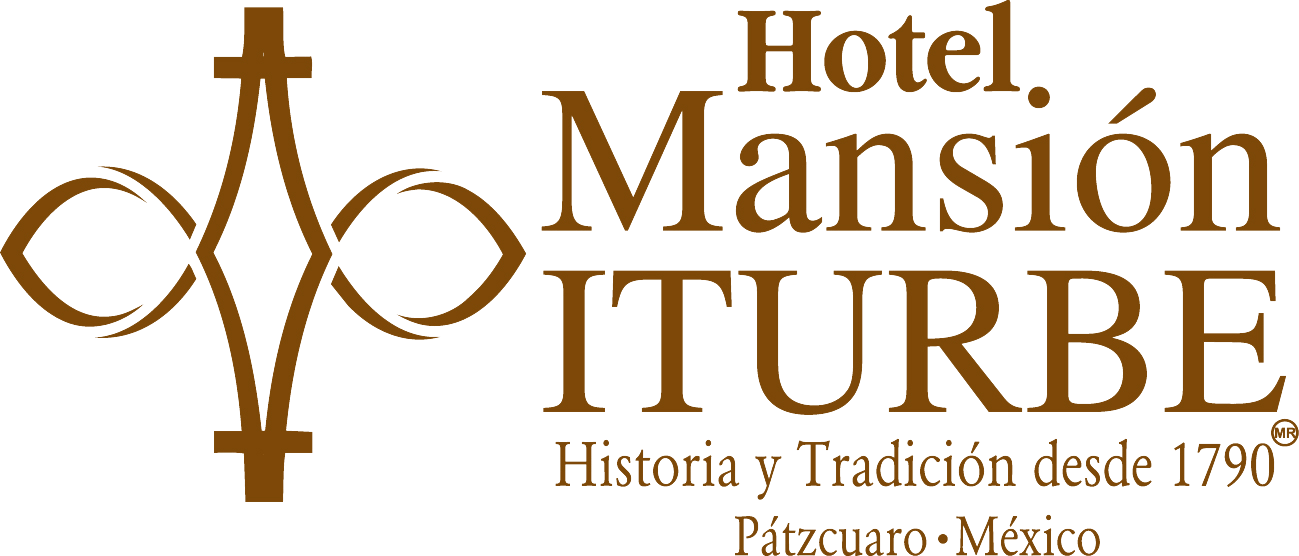







Comentarios